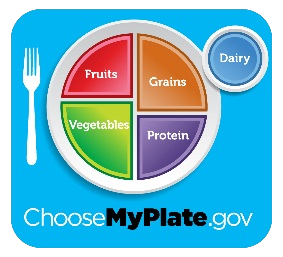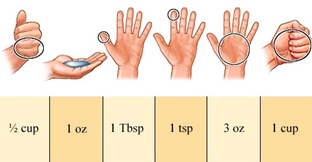|
• Diabetes Leader Editions |
|
• Educational Videos |
|
• Philippine Clinical Practice Guidelines for Diabetes |
|
• Article of the Month |
ARTICLE OF THE MONTH
MEAL PLANNING FOR DIABETICS
By: Ivy D. Ramallosa, RND

It’s time for your next meal, and you should answer the same questions all over again – Saan ako kakain? Ano kakainin ko? Ano kayang masarap? Alin kaya ang mura?
We are challenged every day to quickly find the best answers to these questions. Some people will decide for what they want and really like the most, and some will choose what is the most affordable. But, for people with diabetes, choosing the foods that will help them control their blood sugar will be more challenging and sometimes, frustrating.
To help achieve the optimal control of their blood sugar through diet, the American Diabetes Association (ADA) recommends that a person with diabetes should receive an individualized meal plan preferably designed and interpreted by a Registered Dietitian who is trained in diabetes-specific Medical Nutrition Therapy.
WHAT IS A MEAL PLAN?
It is a guide in the form of either a booklet or a handout that contains variety of information to help a person plan his/her daily meals. It includes the calculated number of servings a person should eat daily. The total servings are divided into how any meals and snacks a person regularly consumes daily. The timing of meals can also be specified in the guide.
A list of healthy foods to choose from is provided to guide a person for variety of substitutes.
TOOLS IN MEAL PLANNING
How much a person should eat can be determined through some useful tools such as the following:
|
Plate Method – the most common and simplest tool used in meal planning. It is a good visual guide on the right proportions of the different food groups in a 9-inch plate. |

https://www.choosemyplate.gov/vegetable-group-food-gallery |
|
Hand Guide – used to estimate portion sizes using the person’s palm, fist, and fingers as guide. |

http://melissamgoodrich.com/get-a-grip-on-portion-control |
Food Exchange List – the recommended foods for person with diabetes are divided into 7 groups – vegetables, fruits, milk, rice and substitutes, meat and substitutes, fat and substitutes, and sugars. Foods with almost the same amount of carbohydrate, protein, and fat are listed in the same group, thus, any food within the group can be “exchanged” with another food in the group. The list provides the weight of the edible portion of the foods in grams followed by the household measurements in cups, spoons, or sizes in centimeters. The list also provides information on how many calories, carbohydrate, protein, and fat are there in each food group.
The food exchange list can also be used in counting carbohydrates.
STEPS IN MEAL PLANNING
Meal planning starts in deciding what type of healthful eating pattern is suitable to the person with diabetes. According to research, Mediterranean Diet, Dietary Approaches to Stop Hypertension (DASH) and plant-based diets have shown positive results in managing diabetes.
Next, is to individualize the meal plan. It should consider the personal and cultural preferences of the person with diabetes, his/her goals in body weight, blood sugar and blood pressure levels, as well as in lipid profile.
Lastly, to complete the meal plan, counseling with the Registered Dietitian is recommended to address other possible issues such as the ability of the person to follow the plan, his/her willingness to make behavioral changes, and to identify the barriers to change. It is also important to determine if the person has access to the recommended healthy foods in the plan.
Your next meal time arrives, you will never have to ask yourself again what to eat.
